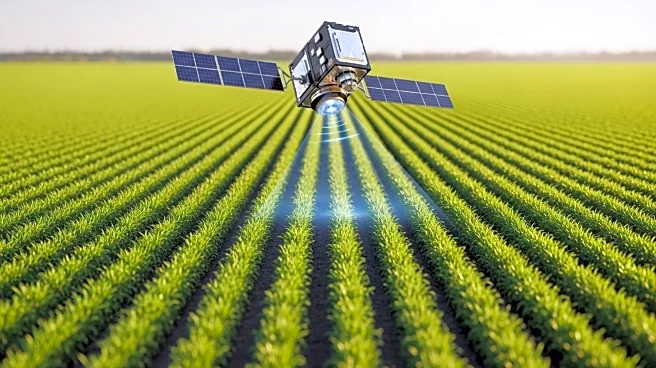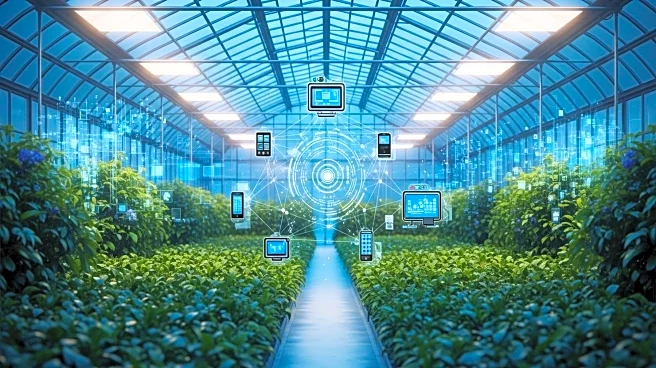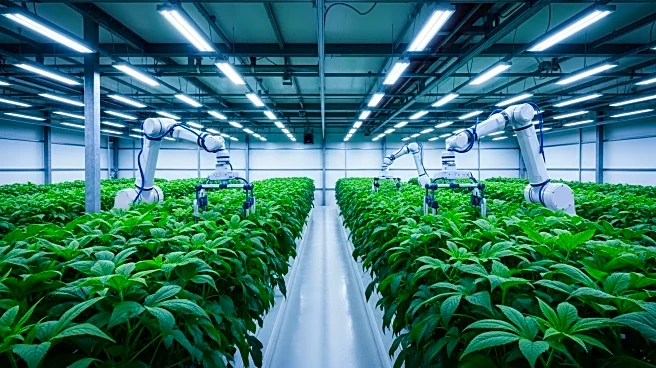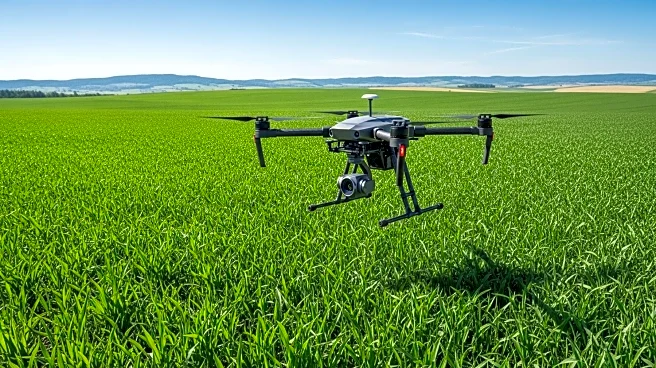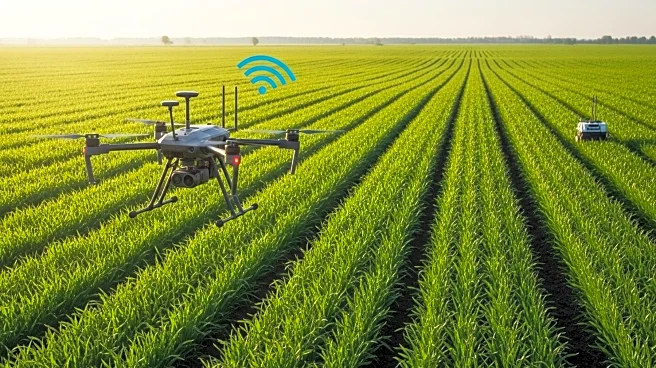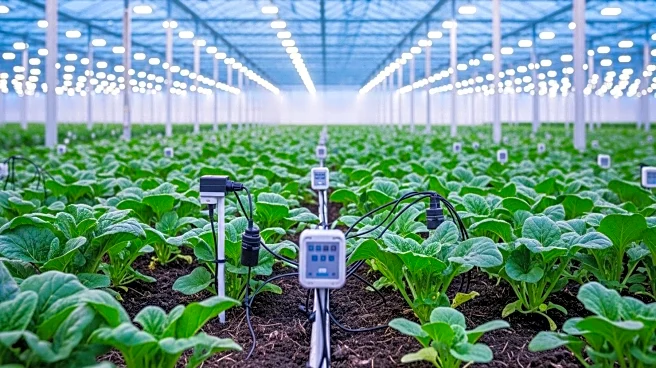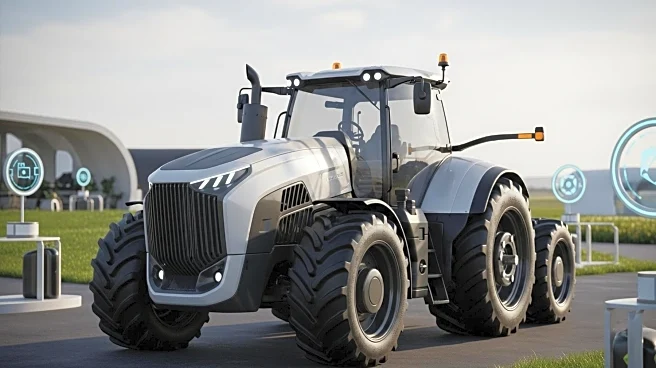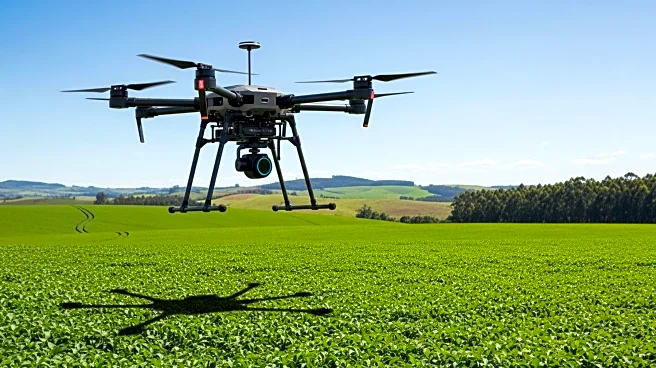What's Happening?
Farmonaut has published a detailed examination of the disadvantages associated with terrace farming, carbon farming, and the Internet of Things (IoT) in agriculture as these practices become more prevalent in 2025. Terrace farming, while beneficial for soil retention and water management, faces challenges such as high initial costs, labor-intensive construction, and maintenance issues that can lead to increased erosion if not properly managed. Carbon farming, aimed at capturing and storing carbon dioxide, presents uncertainties in sequestration rates, potential trade-offs with food crops, and socioeconomic barriers for smallholder farmers. IoT in agriculture, despite its promise of precision and efficiency, is hindered by high implementation costs, connectivity limitations in remote areas, and data security concerns. These insights are crucial for stakeholders aiming to balance productivity with sustainability in the evolving agricultural landscape.
Why It's Important?
The examination of these agricultural practices is significant as it highlights the challenges that must be addressed to ensure sustainable development in the industry. Terrace farming's high costs and maintenance demands can limit its scalability, particularly for small-scale farmers. Carbon farming's uncertainties in carbon sequestration rates can undermine the reliability of carbon markets, affecting financial incentives and environmental goals. IoT's high costs and technical complexity may deter adoption among smallholders, exacerbating inequalities in access to advanced agricultural technologies. Addressing these disadvantages is crucial for enhancing productivity, sustainability, and resilience in agriculture, which is vital for food security and climate change mitigation.
What's Next?
Farmonaut suggests several strategies to mitigate these challenges, including community-driven maintenance for terrace farming, leveraging digital and satellite monitoring for carbon farming, and hybrid data solutions to overcome IoT connectivity issues. These approaches aim to reduce costs, improve scalability, and ensure equitable access to agricultural innovations. Policymakers and industry leaders are encouraged to integrate these solutions to promote sustainability and equity in agriculture. As these practices continue to shape the industry, ongoing assessment and strategic measures will be necessary to address their limitations and maximize their benefits.
Beyond the Headlines
The deeper implications of these agricultural practices involve ethical and socioeconomic dimensions. The concentration of financial rewards from carbon farming among large agribusinesses can exacerbate socioeconomic disparities, while IoT's data security concerns raise questions about privacy and regulatory protections. The potential for increased e-waste from IoT devices also poses environmental challenges. Addressing these issues requires a collaborative effort among farmers, policymakers, and technology providers to ensure that agricultural innovations contribute positively to society and the environment.

